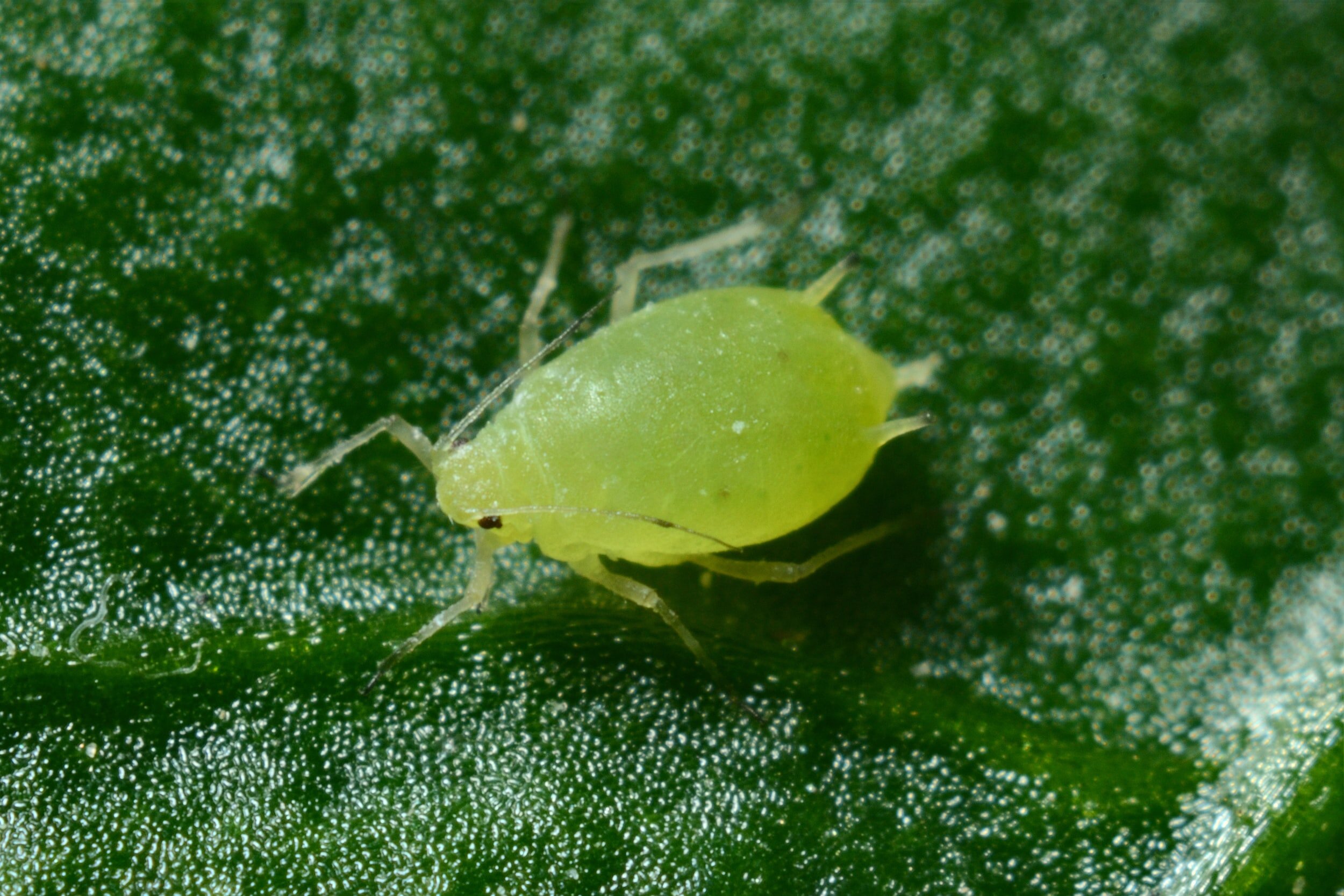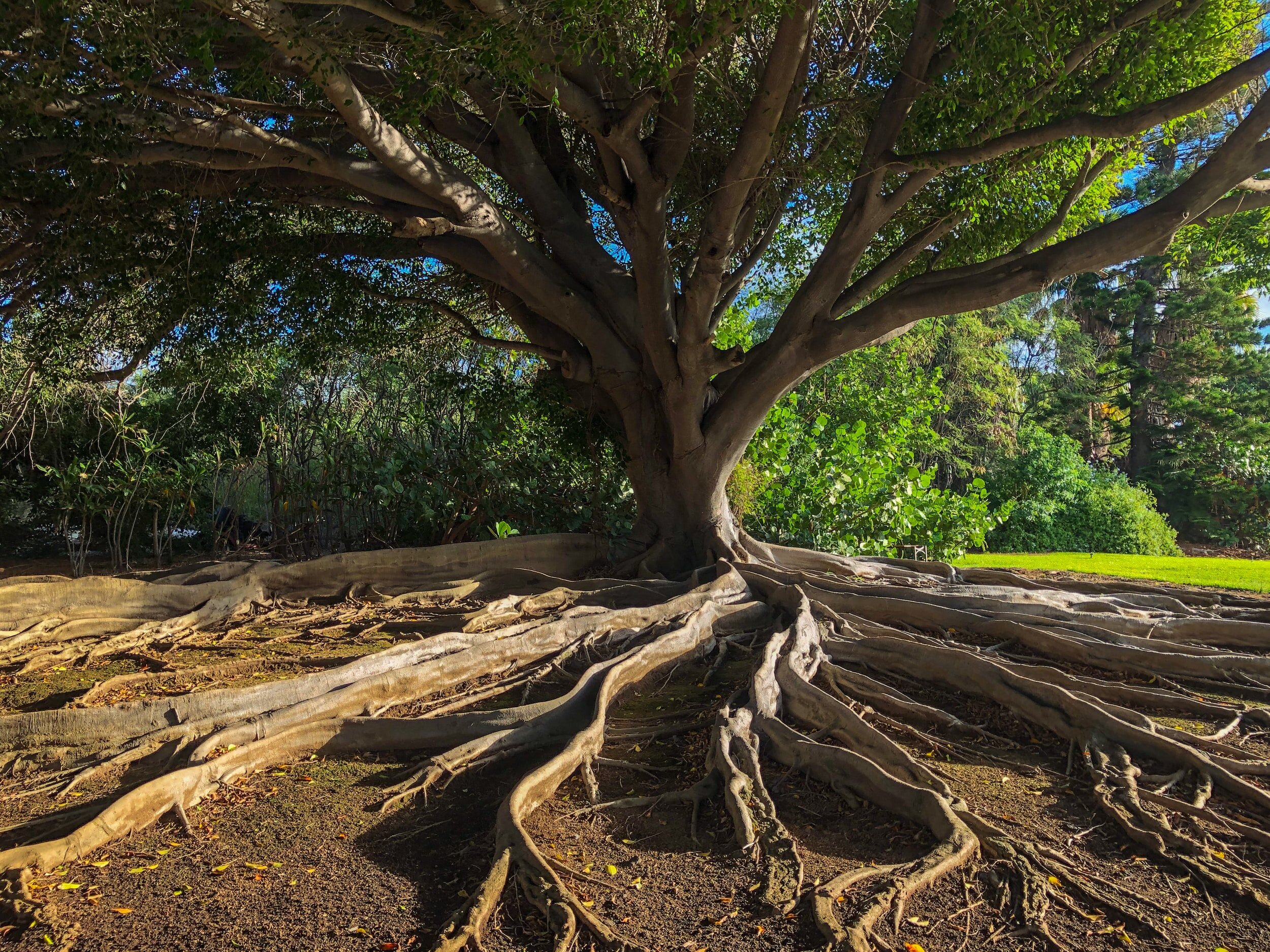
TREE & LAWN CARE BLOG
How Much Does It Cost To Remove a Tree?
The first step to a tree removal is an ISA Certified Arborist consultation at your home. At North American Tree Service, our first priority is determining if the tree can be saved or brought back to health if it was in decline from pests, decay or damage. However, if the tree cannot be saved, or is in too risky of an area to try, you may decide tree removal is your best option.
But how much does tree removal cost?
You might think there is a standard set of pricing for tree removal, or we have a standard per tree price. But, every tree is very different and there are a lot of factors that go into pricing out a tree removal.
Size. The actual size of the tree you are removing will determine how long our crews will be on your property and will need to be measured by our Arborists while on site.
Equipment. Usually, most trees can be removed with standard equipment such as our Omme tracked lift or bucket trucks. But if neither of these pieces of equipment can reach your tree, we may have to bring larger equipment such as a crane out to the job site, which could incur a higher rate.
Location. A large determining factor of cost is the actual location of the tree. This also plays into what type of equipment we may need to bring to the job site. Tree removal is much more risky and dangerous when powerlines are involved, the tree is completely dead, or is hanging over your home or other structures. This is why it is important to have your trees regularly assessed by a certified arborist. Doing this is a preventative measure that might save you on a tree removal later on.
Ultimately, our technicians need to come out to your home and take an in person look at the trees you are concerned about in order to give a proper estimate.
If you are concerned with dead trees you may have on your property, click the link below to be connected with one of our certified arborists today!
Call An Arborist Now!
Does My Tree Have Spider Mites?
Spider mites are tiny arachnids much like spiders and ticks that are usually only recognized after damage to foliage occurs. There are hundreds of species of these spider mites and come in all different colors such as red, yellow, green and brown. They are usually found on the underside of your trees leaves and feed by sucking out the juice from them, leaving them looking yellow, blotchy or dry.
How do I know if I have spider mites?
Identifying spider mites before they have brought about an infestation can be tricky due to their size but an ISA Certified Arborist can diagnose them immediately. However, there are some symptoms to look out for when it comes to identifying spider mites on your trees.
Yellow leaves
Leaf Drop
Yellow spots
White dots on leaves
Needle drop on conifers
Distorted leaves
If you have notices any of these symptoms on your trees, be sure to get in touch with an ISA certified Arborist today to have an evaluation on your trees.
In the meantime, you can try these at home remedies for spider mites.
Spraying with water
Neem oil
Insecticides
If you are still noticing issues with your trees after trying these remedies, click the link below to be connected with a certified Arborist today!
Call An Arborist Now
Can Root Rot Be Reversed?
Usually in tree health care, the presence of any type of fungus isn’t a great sign and usually means the tree is and has been well on its way to decline for some time now.
The main causes for root rot are poor drainage and overwatering. For homeowners that use sprinklers for their gardens, a lot of times the tree is heavily overwatered resulting in root rot at the base.
In suburban areas, soil compaction is very common from heavy traffic and poor planting.
When the soil is too compacted, it is not able to drain properly or pull oxygen for the roots, resulting in over saturation. This creates an environment where fungus thrive such as Rhizoctonia, Pythium, Phytophthora, and Armillaria.
So how do I know if my tree has root rot?
A few indicators your tree might have root rot are:
Poor growth
Wilted or yellow/brown leaves
Fungus such as mushrooms at the base
Open cavities on the trunk
Decay on the branches or other parts of the tree
Missing bark
How is root rot treated?
Once wood decay has begun, it is very hard, if not impossible to treat and there are only a couple of options.
Have a certified arborist come up with a treatment plan of watering, pruning and fertilization in hopes that some TLC will help it regenerate itself
If the tree isn't in a dangerous area, near a house or other belongings, just give it some time to see if it can heal itself without additional help
Remove the tree if your arborist feels it is unsafe to keep in its current condition
If you are concerned about root rot on your trees, or have other tree health care related questions, please feel free to reach out to our office using the link provided below!
Call an Arborist Now!
Is It Okay To Prune My Trees In Summer?
Summer time is gardening time! Which is why most of us don’t notice the dead tree limbs hanging over the house until its warm enough for us to want to take a walk around the garden again. This might encourage you to grab the loppers and get busy reshaping your trees, however, this isn’t the best practice for their health. Pruning trees outside of their dormant season can bring about more trouble than it is worth more often than not.
What are the risks to pruning my trees in summer?
Reduced growth for next season
Some specimen are more likely to become infested with insects or diseases when pruned during this time
In the meantime, however, small maintenance pruning is strongly encouraged to promote healthy growth on your trees for the next season!
If you have noticed dead or dying limbs or branches that pose a risk to you, your family or your home, its best to contact a tree care professional to have a tree risk assessment performed on your property. If you have any questions about tree pruning or would like to be connected with a certified arborist, click the link below to be connected!
Call an Arborist Now!
Is Soil Compaction Causing My Trees To Decline?
Just like humans, roots need air and water to survive.
Soil compaction is one of the leading causes of tree decline in urban areas. This is because trees are often planted in poor areas next to sidewalks, driveways, buildings and in areas that have heavy foot traffic. When the soil is compacted around the base of a tree, this reduces the pore space available for the roots to take up air and water, ultimately leading to suffocation and tree decline.
So what are the signs and symptoms your trees are not getting the vital components that they need?
Water pooling or puddling up at the base
Poor growth
Shallow roots
Lack of grass or weeds - bare soil areas
Yellowing or dropping leaves
Lack of blooms
Missing bark
These are the most common signs your tree might be suffering from soil compaction, however it is best to have your trees routinely assessed by an ISA Certified Arborist.
Click the link below to be connected!
Call an Arborist now!
Top 5 Tree Pests During Summer In Georgia
Summer has arrived in Georgia and we are all enjoying the pollen lessening and the weather getting warmer. However, we aren’t the only ones who are enjoying the great outdoors. With summer, brings a whole new world of places for pests to thrive. We have gotten together a list of the top 5 most common tree pests in Watkinsville we see in Georgia in the summer.
Bagworms
Feed mostly on juniper, arborvitae, cedar, spruce, honeylocust, linden, willow, maple, oak, birch, elm and poplar
Consume tree leaves
Must be controlled at first sight of infestation to avoid tree decline
Tent Caterpillars
Most noticeable with large spider webs and leaf loss
Affects mostly black cherry, ash, birch, sweetgum, willow, maple and oak
Certified Arborist must apple a treatment to control the larvae in winter from reproducing
Aphids
Affects all specimens
Feeds on tree leaves and stems causing leaf drop.
Can usually be found on the trunk of the tree or the underside of the leaves
Call Certified Arborist for treatment plan at first notice of the infestation
Canker worms
Eats away at the leaves of your trees leaving behind ragged, choppy leaves
Mostly affected specimen are elm, oak, apple, maple, linden, beech, cherry, hickory and ash
Pesticide must be applied in spring by a certified Arborist to remove them
Japanese Beetle
Most commonly seen on crape myrtle, birch, littleleaf linden, crabapple, purple leaf plum, Japanese maple and Norway maple
Chew through the veins of the leaves on your trees leaving behind only a brown skeleton
Pesticide must be applied by a certified Arborist during peak growing season, mid June-August
If you have noticed leaf drop, yellowing of the leaves or other concerning issues with the health of your trees, our certified Arborists in Watkinsville can provide you with a free assesment! Click the link below to get in touch!
Call an Arborist Now
How To Get Rid Of Spider Mites
Have you noticed small yellow or brown spots on the leaves of your trees or plants this year? Maybe even small spider webs on the leaves with little to no sign of actual pest presence?
Your landscape might have become victim to pesky spider mites.
What are spider mites?
Spider mites are a pesky pests that are rarely able to be seen with the naked eye and live on the underside of the leaves of your trees and plants spinning webs that can ultimately lead to the death of those specimen. They are only about one millimetre big and have different shades of red, yellow, black or brown.
What do they feed on?
Spider mites are not picky eaters. They will feed on just about any type of tree or plant you have in your garden without complaint. They ultimately feed on the bottom of your tree leaves, leaving the signs of damage on the top portions.
How can I get rid of them?
Depending on the severity of your infestation, it is always best to consult with a certified arborist in Athens before making any decisions that could ultimately affect the overall health of your trees. However, there are a couple quick fixes you can use to minimize the damage until an arborist can come to your property.
Spray the tree or plant with water to dislodge any webbing and release as many mites as possible making sure to get the underside of the leaves.
Many retail stores carry insecticidal soap that you can spray early in the morning or in the evening every 7-10 days to kill further eggs from hatching.
Neem oil is an organic remedy used by a large amount of gardeners as an all natural way to rid your trees and plants from a large number of pests.
If you have done all of these steps and are still having any issues with your trees dropping leaves, browning or yellowing, please give us a call using the link below to be connected with a certified Arborist in Athens to assist you with any tree pest issues you might be having.
Call an Arborist
Is My Sprinkler System Damaging My Trees?
Irrigation systems are great for low maintenance landscaping. Essentially you just set it , forget it, and watch everything bloom. However, if these irrigation systems are not properly placed, they can cause a problem for your trees and plants.
In the strong Georgia heat, we rarely think of overwatering posing any threats to our gardens. In the heat of the summer especially, it is very important to provide a substantial amount of water to keep your trees, plants and grass thriving.
When you decide to have your sprinkler system installed its important to make sure the location is ideal. Too much water can do just as much harm as too little. Overwatering with trees can be a dangerous situation as excessive moisture provides a perfect breeding ground for pathogens and fungus to develop, essentially leading to the weakening of your trees. If you notice any fungus or mushrooms growing at the base or the trunks of your trees, call a certified Arborist as soon as possible to have your trees properly assessed for decline.
Some signs your plants/trees are getting too much water are:
root rot
bark falling off the trunk
trunk damage
saturated soils
fungus (mushrooms, etc.)
Some signs your plants/trees aren’t getting enough water are:
wilted or curling leaves
smaller leaves than normal
leaf drop
yellowing or burning of the leaves
After installation, walk around to different spots checking the soil after a run to ensure it is getting proper moisture. If the soil is heavily saturated you know your trees and plants are being overwatered and visa versa.
If you would like an ISA Certified Arborist to come assess the health of your trees, click the link below to be connected!
















